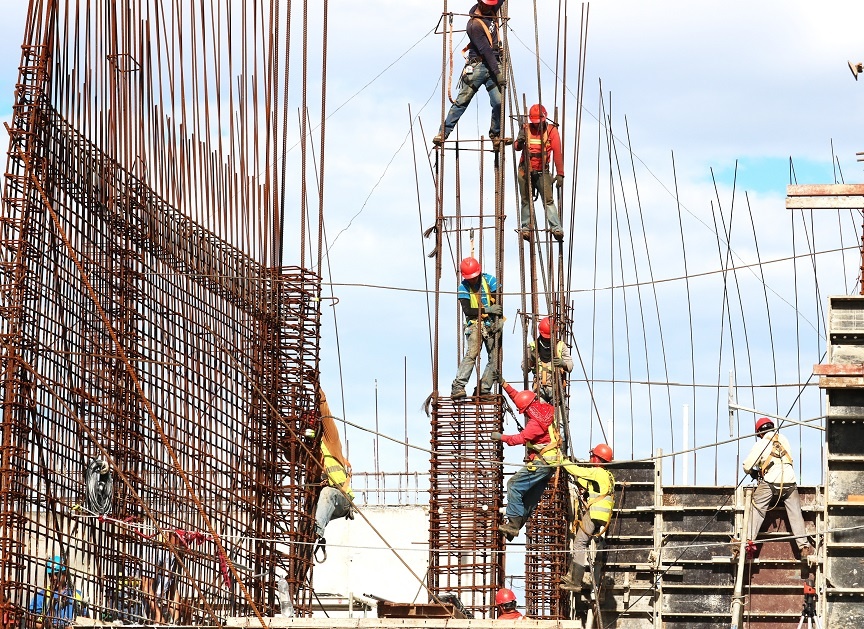Construction work is much harder than many give it credit for, with workers spending long days using complex machinery and heavy-duty equipment. Whether on the scaffolding, operating machinery, or working on something dangerously high, such as a crane, construction workers are almost always at risk for physical injuries while on the job.
The most common kinds of construction injuries are falls, being struck by an object, electrocution, and getting caught-in/between objects or equipment. Sometimes these injuries are fatal; even when they’re not, it’s important for workers to be aware of what to do in the aftermath.
The reality is that many construction workers don’t get the help they need from employers after an injury, whether it’s in the form of benefits, compensation, or assistance with medical coverage. In some cases, insurance companies and employers may pressure you to sign away your rights as an innocent victim, even when the accident happened because of faulty equipment or some other form of negligence. The bottom line is that you should not expect the other party to look out for your interests.
Connecting with an attorney who can help you through these challenges is key, but even before that, there are steps you can take after an accident at work that will leave you more informed about your rights and get you the help you need.
Seek medical attention independent of your employer.
Your employer may offer on-site medical care after the accident. Take it, then follow that up by seeing an independent provider who will give you a truly objective view of your condition. Even when an injury seems small, it’s important to take this step. Your condition could worsen over time, and to get the best possible claim, you will need a professional’s unbiased assessment of the situation.
Compile as much documentation as you can.
You will likely sign a lot of paperwork after your accident. Request copies of every document and be persistent about getting these. File a report after the accident. Get copies of any records following your medical evaluation, both on-site and with your independent provider. These include proof of your visit, the diagnosis, any prescriptions the doctor writes, and evidence of any follow-up care. Documentation of the accident will help your attorney when they go to work on your claim, so be as thorough as possible.
Take photos and notes.
If you are physically able, photograph the scene of the accident. Take pictures of the equipment you were using, the surrounding area, and anything that might seem unusual about the circumstances. In terms of evidence, pictures are much harder to argue with than what someone said. It can also be helpful to track what happens in the hours and days following the accident. What kinds of symptoms do you notice? Are they getting worse? Did anyone else present for the accident notice something unusual or some details you may have missed?
In some cases, your injury may be severe enough that you’ll have to enlist help to do these things. In this case, getting aid from a trusted loved one, such as a spouse or sibling, is in your interest. What’s crucial is that these things get done, and quickly, after the accident. Having this information will not only help your attorney in creating a claim, but it will also give you a little more mental space, which is crucial to any good recovery.
